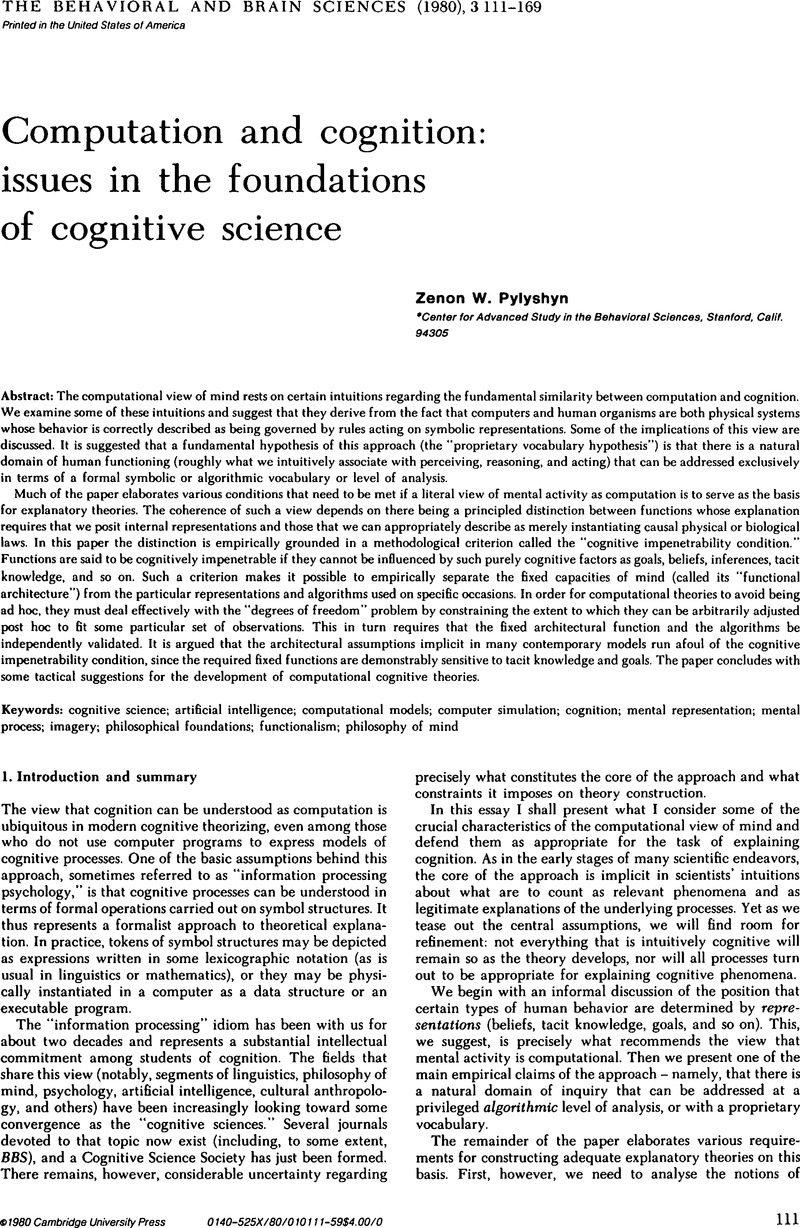Crossref Citations
This article has been cited by the following publications. This list is generated based on data provided by Crossref.
Carr, T.H.
Brown, T.L.
and
Sudevan, P.
1984.
Straw men and glass houses? A reply to Churchland on reductionism.
Neuroscience,
Vol. 13,
Issue. 4,
p.
1397.
Corcoran, G.P.
and
Mehmet, A.
1987.
Current Issues in Theoretical Psychology.
Vol. 40,
Issue. ,
p.
1.



